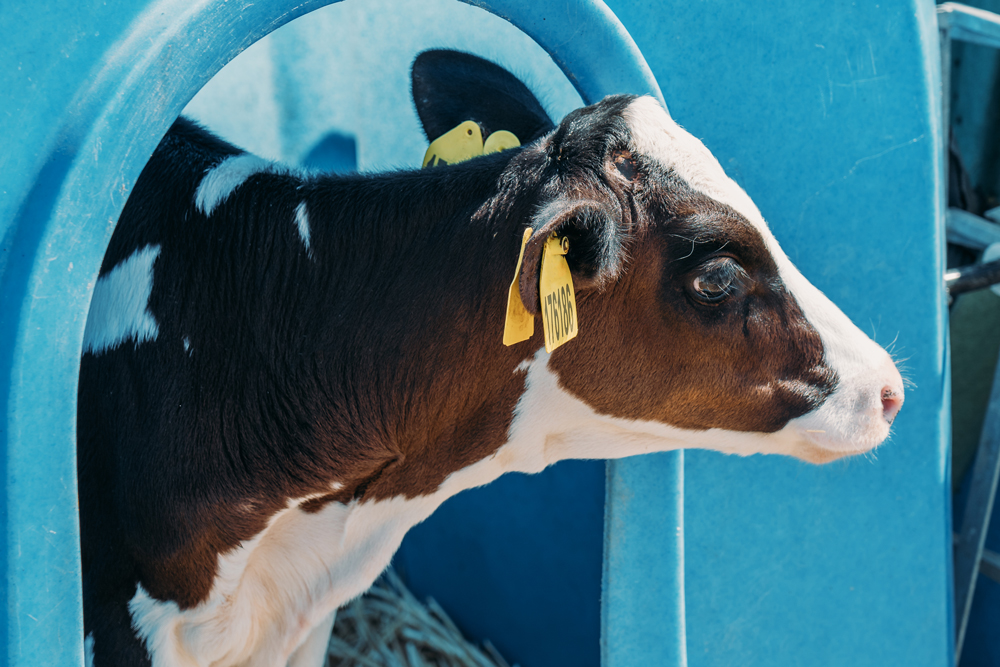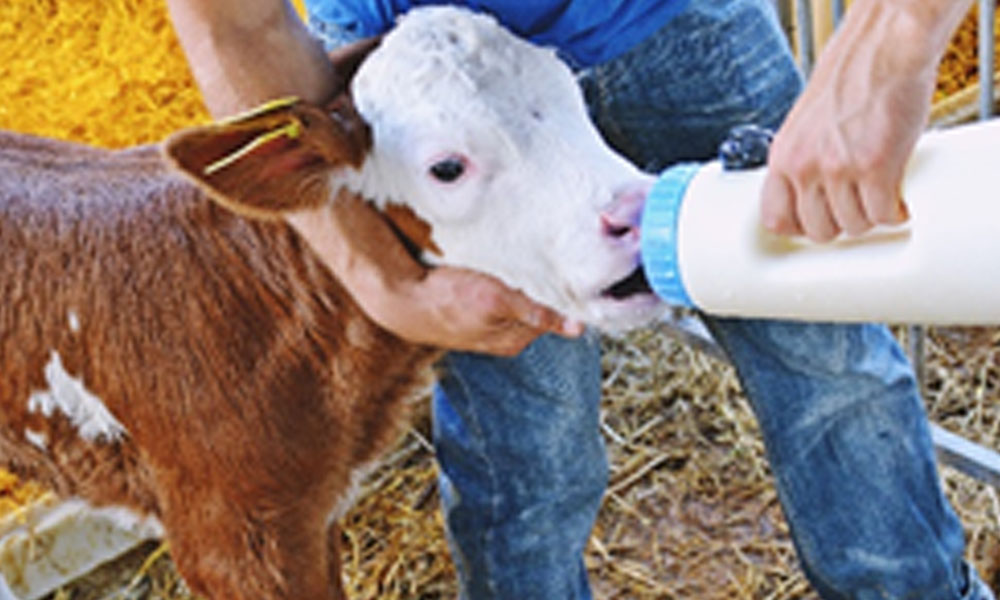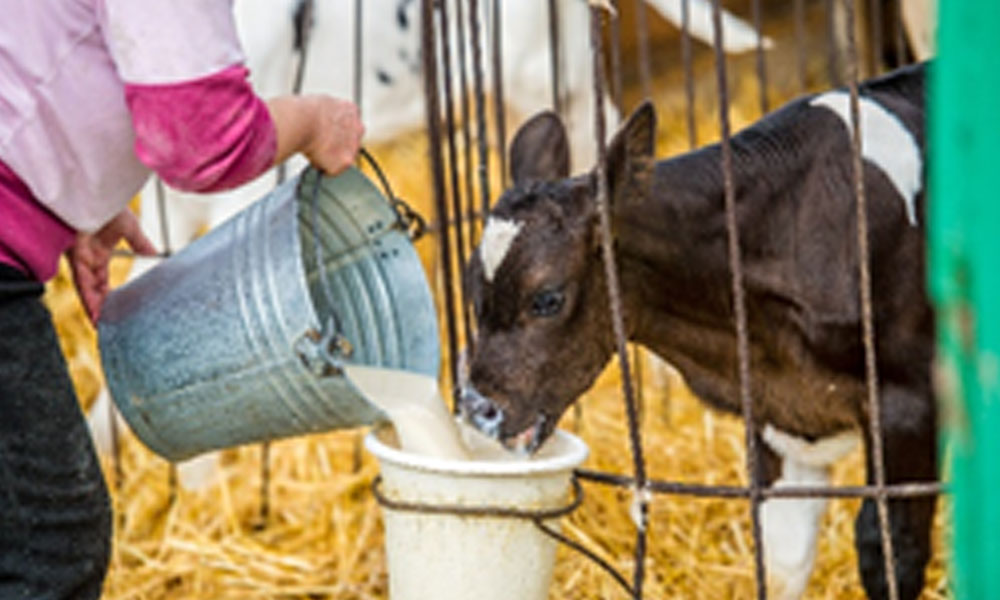Right Feeding Strategy And Management To Prevent Cold Stress In Calves

Calves are more sensitive to cold than adult cattle especially new born. Older calves develop thicker skin and more fat as insulation compared to little ones. However, all calves still required special care and management in cold weather conditions. In wither, calves’ organism can be affected by cold weather conditions. The care and maintenance requirements for calves are significantly higher in winter than in the rest of the year.
For a dairy calf, The Lower Critical Temperature (LCT) is 15 degrees Celsius that means the calf’s energy requirement begins to increase in order to maintain body temperature in conditions below The Lower Critical Temperature (LCT). As winter temperatures goes down blow LCT, calves use more energy for core body temperature maintenance, resulting in less energy available for growth and immune function. If the nutrient supply is insufficient as per higher requirements of energy, poor growth rate, decreasing daily weight gains will result and the immune system is weakened as well.
For the calf there is an increased risk to get sick. Thus, there are great chances of pneumonia and diarrheal diseases. Furthermore, the growth and organs development of the calf can be disturbed. This is financial loss for the farmer, high treatment costs, decreasing daily weight gains resulting late calving age as well as lower milk yields can occur. The right feeding strategy and the equate management at this stage are even more critical to prevent cold stress as well as to enable better growth and development
Colostrum and milk:

Milk replacer:
Usually, milk replacers contain animal fat that is the primary source of energy. Appropriate use of milk replacer provide extra fat (energy) that helps produce heat to maintain core body temperature and can enhance calf health, starter intake, and performance. Always keep the water temperature in mind while mixing and feeding a milk replacer and do not exceed the instructions described by manufacturer, otherwise there are great chances of diarrhea resulting loss of health and decreased weight gain.

Water is the most important element for life second to oxygen in the universe. Water is 60-70% of cattle body weight. About 87-88% of milk contains water that is very important for milk production. For active rumen function, substances transportation around the body, insulation, temperature maintenance and removal of wastes, a lactating cow needs 100 to 120 liters of water to meet its daily requirements. Untied animals and 24/7 free access to water is the best recommended way, however, in case of animals being tied, they should be given water 3-4 times in winter and 6-7 times in summer. Water must be clean and fresh.
In winter, offer calves warm water daily Availability of adequate warm water for calves during the cold weather conditions helps stimulate consumption of nutrients that promotes rumen development, digestion and can improve feed intake. Make a solid strategy to deliver warm water to calves immediately after feeding, while they’re still standing. Empty the water from the buckets after about 10 minutes.
Calf starter (Wanda)

In winter, keep calves dry because wet hair coat doesn’t work as good insulator. Calf’s wet hair coat lying down flat on wet skin cause much heat loss from the body, compared to dry and fluffy hair coat. Appropriate arrangements should be made to ensure that the calf’s coat dries quickly, a room heater can help in first 24 after birth. Cow can help also by licking the calf and removing birth fluids. The use of calf jacket for newborn calf is also quite helpful.
Housing:
Adequate shelter for calves can play an important role to maintain temperature in a comfort zone. Hutches are best choice keeping calves warm in extreme weather conditions as the calf’s own body heat can help maintain hutch temperatures. The small breeds calves (like Jersey) will have more heat loss compared to a Holstein and other large breeds. Small newborn calves will require extra care and higher energy to maintain body temperature as they might chill more quickly than large calves. Sufficient heat can be provided by appropriate barn setting. Maintaining proper ventilation is also very important to avoid drafts. Calves need fresh air to keep their lungs

healthy. Calves spend 80% or more time each day lying down. They need a comfortable place to lie. Dry, clean, warm, and good bedding makes a difference. Straw bedding is recommended in winter A calf with a dry hair coat, that has adequate nutrition and comfortable housing, can handle extremely cold weather conditions.
